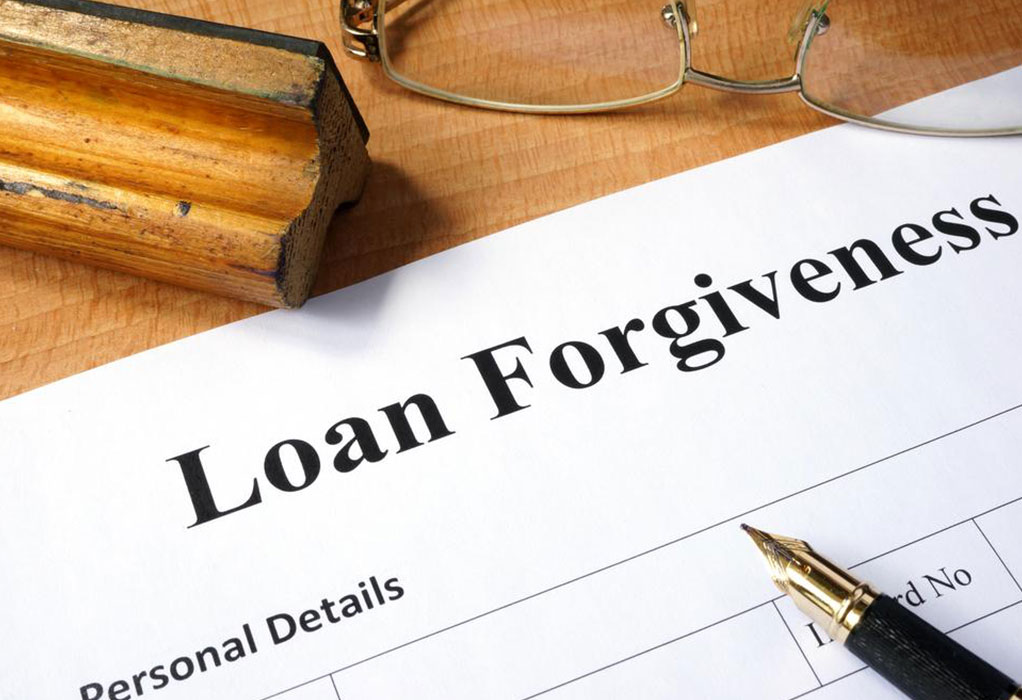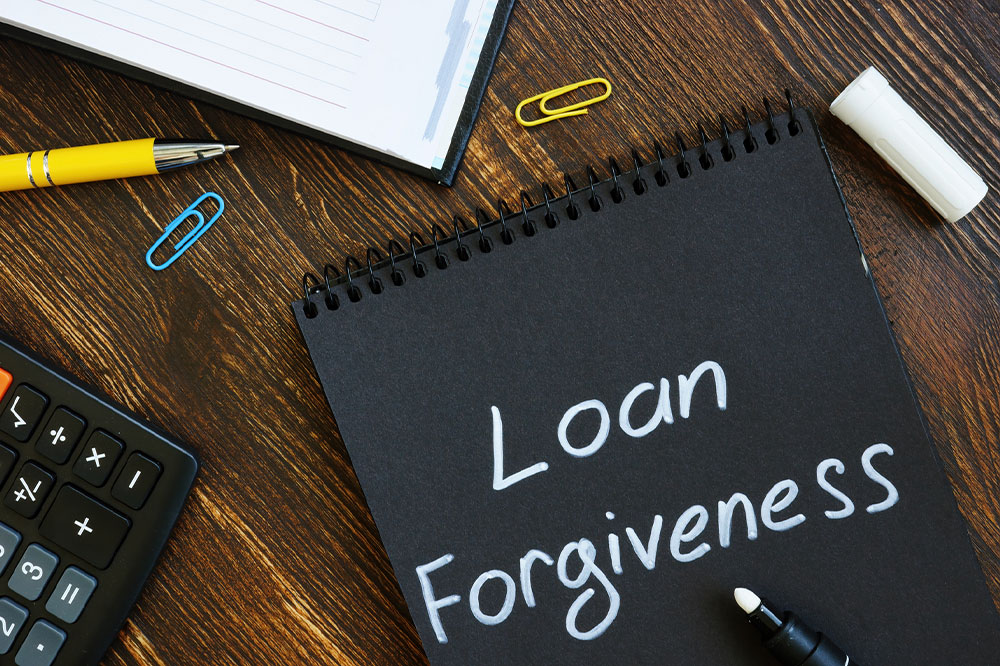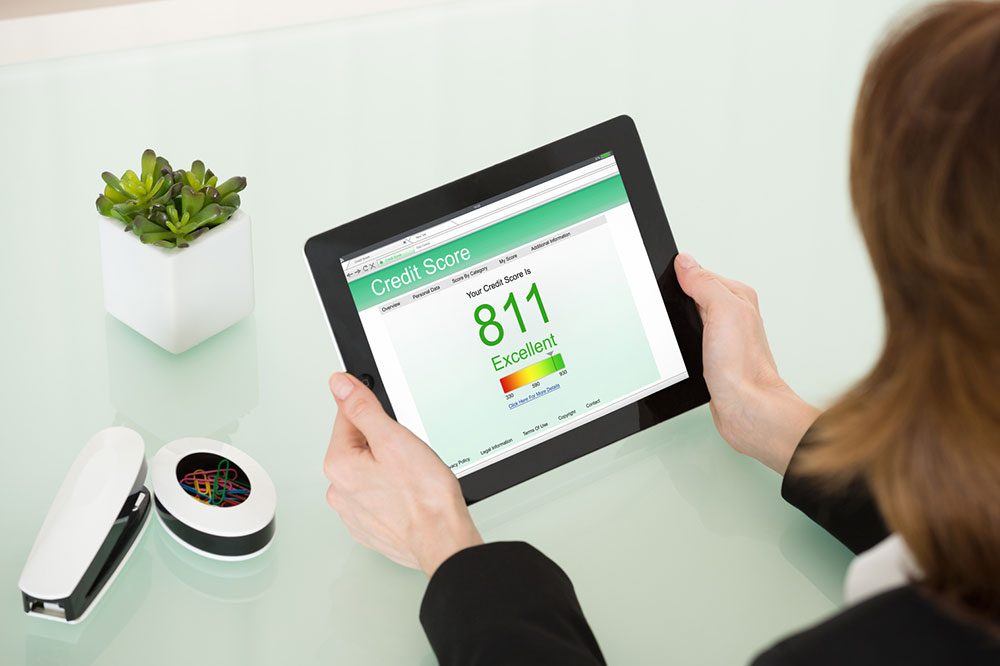Essential Guide to Student Loan Forgiveness Options
This comprehensive guide explains various student loan forgiveness options available through federal programs, including eligibility, application process, and specific programs for teachers, healthcare professionals, and attorneys. It highlights strategies like loan consolidation and income-driven repayment plans that can help borrowers reduce or eliminate their debt after fulfilling certain criteria. Understanding these pathways can assist borrowers in managing student debt effectively and pursuing financial relief through government-supported initiatives.

Understanding Student Loan Forgiveness: Key Information
Federal programs offer pathways for borrowers to have their student loans forgiven. With a single phone call, your eligibility can be verified, and loans can be canceled through approved programs. These initiatives are fully backed by the government. Public Service Loan Forgiveness (PSLF) helps employees in non-profit sectors who have completed 120 payments over ten years. Qualifying organizations include those with a 501(c)(3) status, but religious non-profits are excluded.
Direct loans—such as subsidized, unsubsidized, and consolidation loans—are eligible, whereas Federal Perkins Loans and FFELs require consolidation into a Direct Loan to qualify. Perkins also offers its own cancellation options.
Requirements for Loan Forgiveness
Complete 120 direct loan payments.
Payments should be made under Income-Based Repayment, PAYE, REPAYE, Income-Contingent (ICR), or Standard Repayment.
Participation in income-driven plans is essential, but employment at qualifying organizations for ten years is not mandatory.
Loan Consolidation and Eligibility
Consolidating loans combines multiple loans into one, making forgiveness easier.
During this period, borrowers can opt for alternative payment plans; consolidation resets the payment count for PSLF. If PSLF is not an option, borrowers should evaluate their financial situation and ability to meet payments.
Applying for PSLF
Applications can be submitted online with required documentation. FedLoan Service reviews submissions, calculates remaining payments, and determines eligibility. If qualified, applicants submit a PSLF form. The program launched in October 2017, with no cap on forgiveness amount—full loan amounts are forgivable.
Who Qualifies for Loan Forgiveness?
Teachers: Those teaching in low-income elementary schools for at least five years can get part of their loans forgiven—up to $17,500 for FFEL loans. Specific eligibility criteria include certification, no defaults, and service in qualifying schools.
Medical Professionals: Doctors, nurses, and other healthcare workers involved in public health may benefit from specialized loan forgiveness programs.
Nurses: Full-time nurses with Federal Perkins Loans working with underserved communities can have their loans forgiven over five years. Program participation includes Nurse Corps Loan Repayment, offering up to 60% forgiveness after two years and additional discounts with more service.
Lawyers: Certain states offer loan forgiveness for attorneys facing high debts and employment challenges, often forgiving around $60,000.
Loan Forgiveness Programs Overview
Income-Based Repayment (IBR): While not technically forgiveness, IBR caps payments at 10-15% of discretionary income. After 20-25 years of qualifying payments, remaining balances are forgiven, but may be taxed as income. Eligible loans include Direct Loans, PLUS, and FFEL loans.
Pay-As-You-Earn (PAYE): Payments are limited to 10% of income, with forgiveness after 20 years. Eligibility requires recent borrowing, income documentation, and adherence to specific loan types.
If ineligible for these programs, options include deferment, forbearance, or loan consolidation—either through direct consolidation or private refinancing.
Note:
This article provides general information on student loan forgiveness programs. Readers are encouraged to consult official sources or financial advisors for personalized guidance. The content should not be considered legal or financial advice, and applicability may vary based on individual circumstances.










